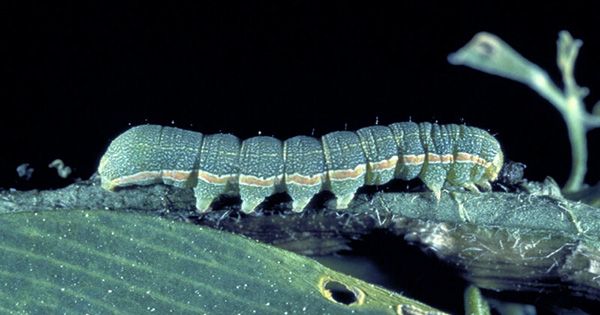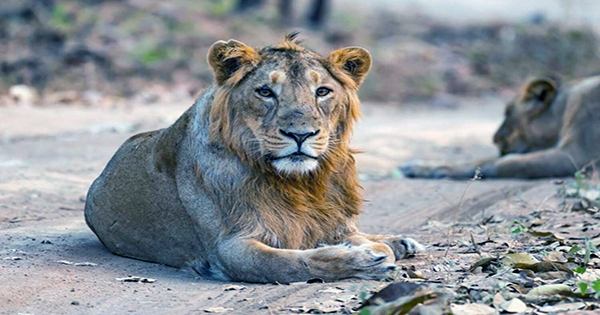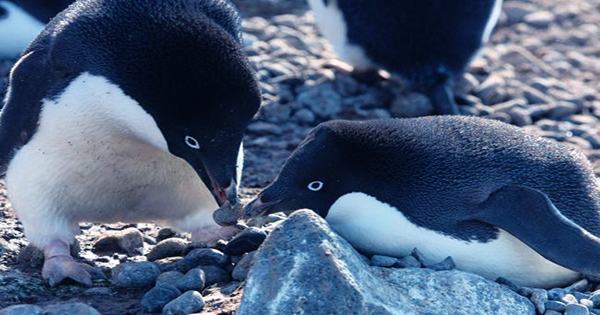There are always hazards when introducing new species to a region, although some are more subtle than others. When scientists transferred Glanville fritillary butterfly (Melitaea cinxia) caterpillars to a distant island, they hoped to learn more about how these winged insects would adapt to their new surroundings. They had no idea they were bringing a veritable hamper of parasites, as it was later discovered that each caterpillar contained a parasitized parasite. Furthermore, a bacterium was brought along for the voyage, implying that when only one species was expected to establish itself on a little island; four arrived for the price of one. If you will, call it a turducken of host-inhabiting freeloaders.
On Sottunga, a small island in the Land archipelago, an awful series of events unfolded. What happened next was the subject of a recent study published in the journal Molecular Ecology, which looked at how all four introduced species reacted and interacted after arriving in Sottunga. Over the last 30 years, it appears that all four introduced species have successfully commandeered the island, which was previously unoccupied by Glanville fritillaries and parasitoid wasps alike.
When it comes to flying across open water, M cinxia has a little less stamina than other butterflies. This puts an island population like Sottunga’s in risk of extinction because it can’t be replenished by butterflies visiting from other places. Regardless, the population has remained. “Over the years, the butterflies have experienced a variety of crashes. “In the land islands, some crashes were linked to extreme weather events,” research author Anne Duplouy told IFLScience.
“We know that the genetic diversity of the butterflies remains rather high before and after those occurrences, when we would predict genetic loss. Why this species, this group, maintains such tremendous genetic variety is an excellent topic to which we have no clear answer.”
While it’s difficult to picture an isolated island population having many possibilities for DNA mixing, the researchers believe the butterflies’ beginning place may have contributed to their stability.
“We have a lot of diversity to begin with, which helps to buffer the effect of population crashes,” Dr. Michelle DiLeo told IFLScience, “but the dynamics of the land population through dispersal and rescue, as well as the patchiness of the habitat, are also playing a big role in the mixing of the butterfly families and thus of the population’s high genetic diversity.”
















